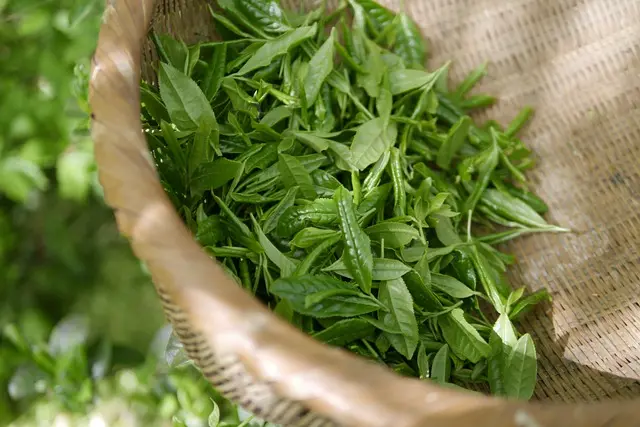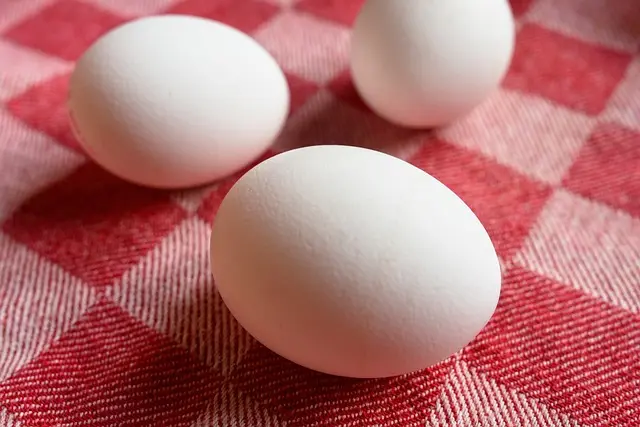
There are many types of tea, which is a beverage that is consumed fondly. In our country (Turkey), the most consumed type is black tea. Green tea is consumed less than black tea. And recently, the concept of white tea has begun to enter our lives. As new tea varieties began to be recognized in our country, we began to question the difference between them. In fact, they are all derived from the same plant: Camellia sinensis L.
So, what is the difference between these three types of tea?
Although they are obtained from the same plant, the production stages are different. Differences in production stages also lead to differences in nutritional values. Green tea and white tea are varieties of tea that are not oxidized. Black tea is produced as oxidized. The process referred to as oxidation is fermentation.
Black tea is obtained by withering, rolling, oxidation and drying of fresh tea leaves. On the other hand, heat treatment, rolling and drying processes are applied in green tea. In white tea, only withering and drying processes are applied. In addition, in the production of white tea, the leaves are collected as buds before they open. When we look at the processes in this way, the least processed type of tea is white tea. The antioxidants in it are more protected. Other components are less damaged. Green tea is known for containing high amounts of catechin and other polyphenolic compounds, while white tea has more catechins. Black tea undergoes further processing during the production process. This reduces the amount of antioxidants in it.
The differences between the types of tea are briefly as follows. It is up to us which type of tea we want to consume, which has an important place in our daily lives. White tea may be slightly higher than others in terms of cost. Green tea and black tea are more preferred.
Reference
Bilişli A., Özel Gıdalar (Specialty Foods), Sidas Medya, 2018.







Thanks a lot for your comparing, it’s good to learn these differences.
Thanks for your comment 🙂